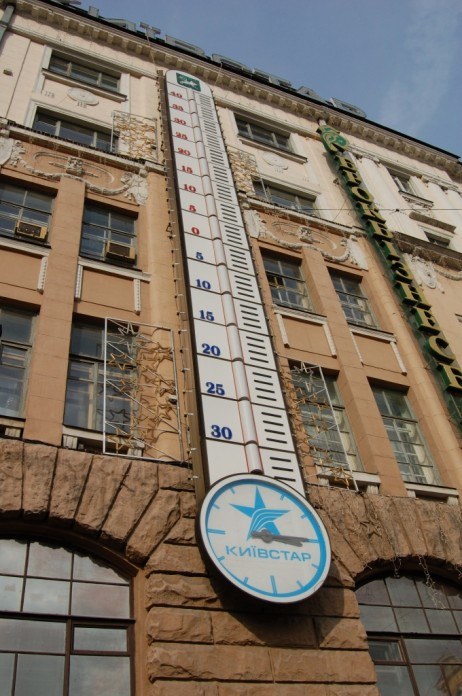You will need
- devices with different scales.
Instruction
1
Carefully inspect the dial of an analog device, which measurements are performed. It marked the units with which operates this device. On any scale applied to the numeric value of the measured value between which are dividing without quantitative indicators. The value enclosed between them is the smallest that can be measured with an instrument. The price of division of the device is the smallest value that can be measured by a device with the scale. This lowest price is enclosed in the smallest division of the instrument scale.
2
On the scale, find the two closest numeric values. It is absolutely not important, their order. For example, if the measuring cylinder, which you can use to measure the volume of liquid in ml, applied numerical values 0, 100, 200, 300, 400, 500, you can take a pair of numbers, 0 and 100, 100 and 200 or 400 or 500 or any other pair of numbers on this principle. Subtract from the larger numerical values smaller.
3
Count of division between the nearest numerical values on the scale. When calculating keep in mind that division is called the distance between two successive scale lines, not the lines. Calculate the price of division of the device by dividing the difference of the two closest numeric values of the scale for the number of divisions between them. This will be the minimum value of the measured device.
4
For example, to find the price of division of the scale of the voltmeter that measures the voltage in volts, with numbers 0, 2, 4, 6, 8, and five of the division, the mi between the two closest numeric values, perform a sequence of actions. Take the two closest numeric values - let it be 4 and 6. Now from the larger number subtract the smallest - you will get 2. This number divide by the number of divisions between these values (on the condition it is equal to 5). Get 2/5=0,4 volts. The price of division of the voltmeter is equal to 0.4 V.
